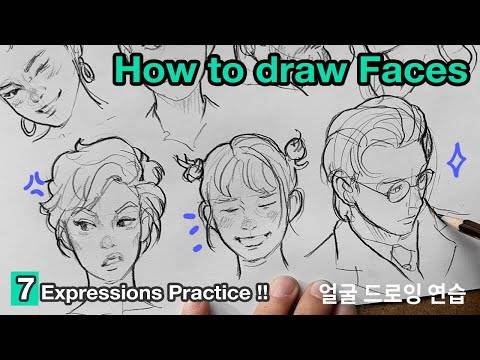
Segment 1: This article offers a guide on how to draw faces and expressions effectively. It encourages readers to practice along while providing step-by-step instructions and tips. Drawing faces and expressions can be challenging, but with practice, one can improve their skills and create realistic and expressive portraits.
Segment 2: The article emphasizes the importance of understanding the basic structure of the face, such as the placement of the eyes, nose, mouth, and ears. It recommends starting with simple shapes to establish the foundation before adding details.
The article is not finished. Click on the next page to continue.
The article is not finished. Click on the next page to continue.
Next page


















